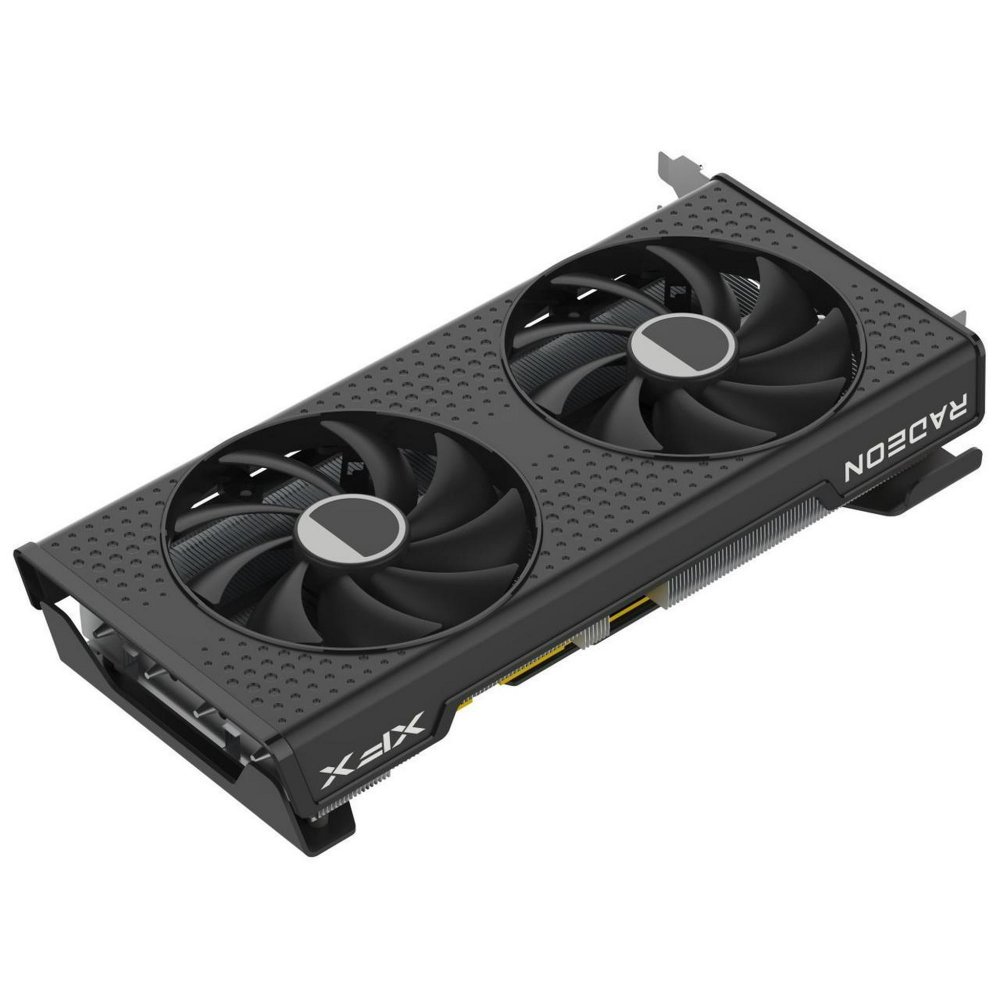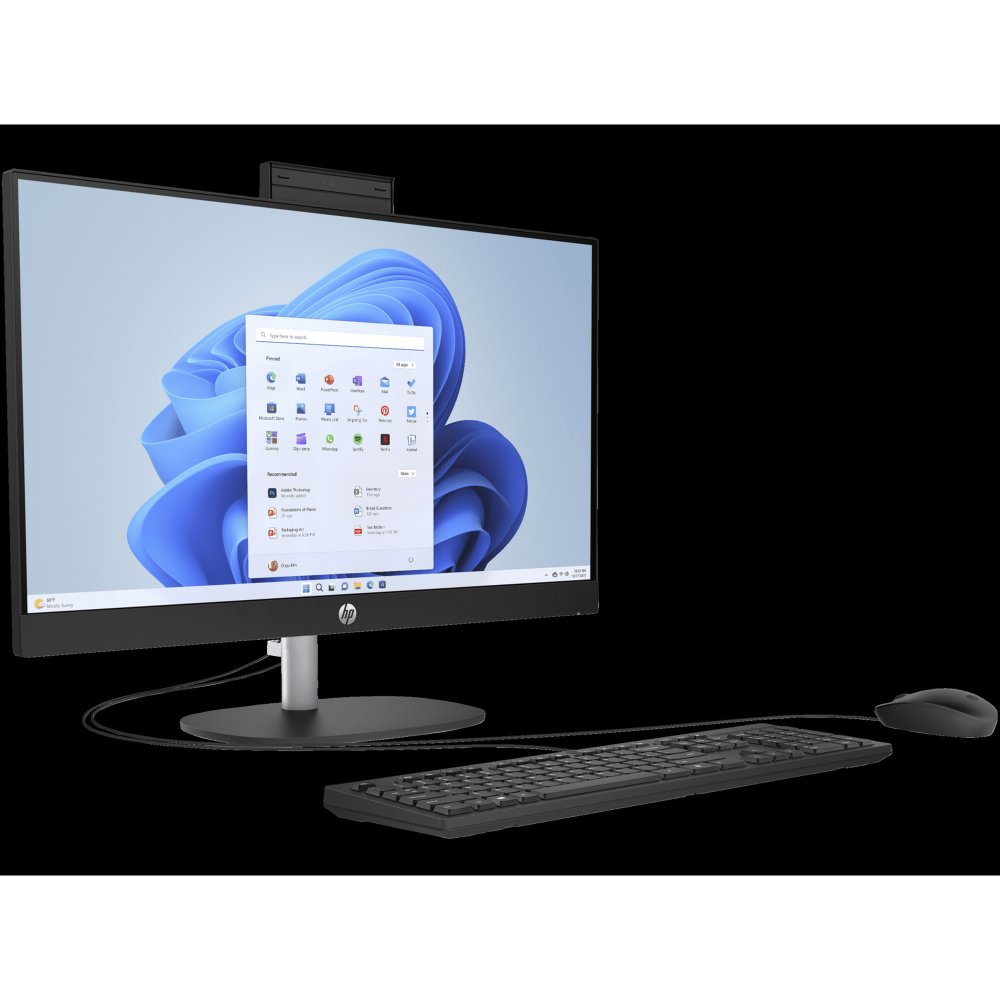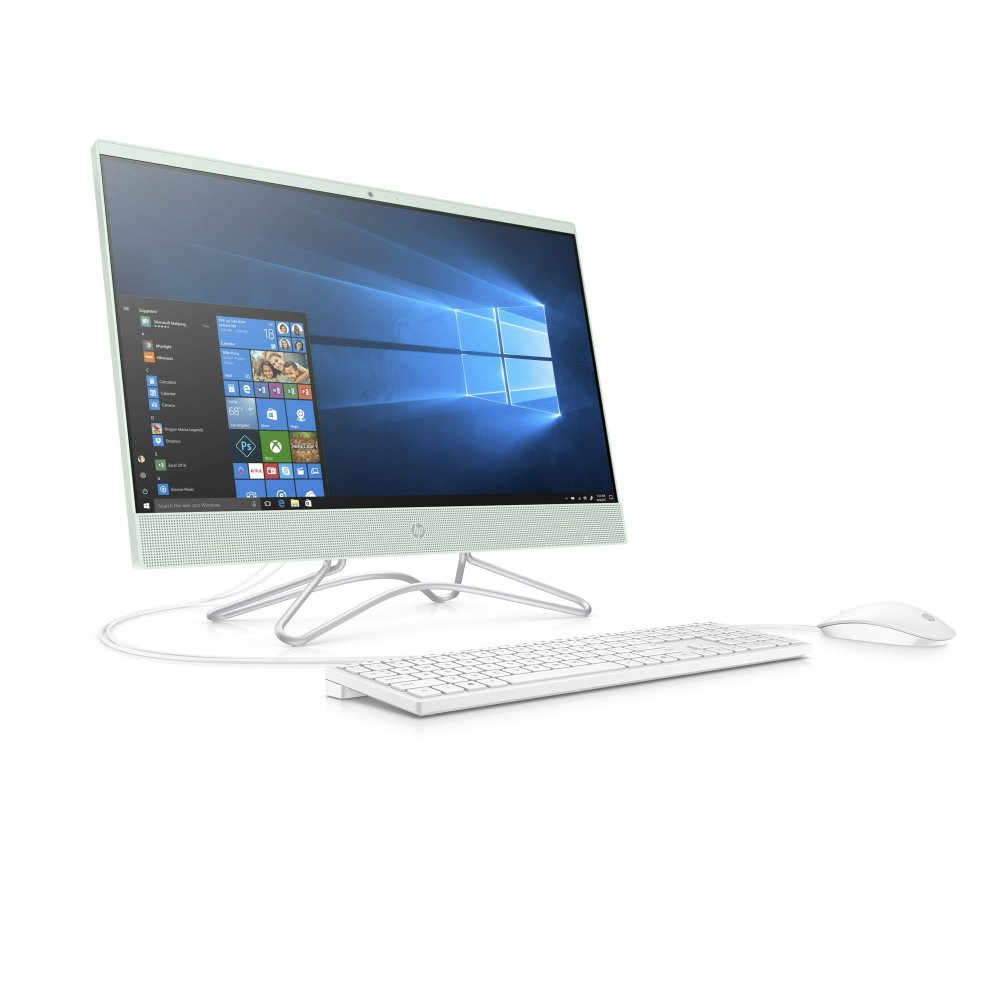Introduction to Graphics Card Importance
Understanding your graphics card is key for peak computer performance. It affects gaming, video editing, and graphic design. A powerful graphics card ensures smoother visuals and better processing. It also impacts your system’s ability to support multiple monitors. Knowing your model helps with driver updates and troubleshooting. It enhances your overall user experience. So, it’s vital to know how to check your graphics card model.
Ways to Identify Your Graphics Card in Windows
Identifying the graphics card model in a Windows operating system is straightforward. There are several methods you can use, each providing different levels of detail. Here’s how you can check your graphics card model quickly and efficiently:
- Use the DirectX Diagnostic Tool: This built-in Windows tool offers a quick way to view your graphics card information. You’ll find details about the model and the drivers currently in use.
- Check through Device Manager: Another built-in feature of Windows, the Device Manager, allows you to see your graphics card under the ‘Display adapters’ section. It gives you a basic idea of the graphic card’s model.
- Employ Third-Party Software: For more in-depth information, third-party applications like GPU-Z or Speccy can provide comprehensive data about your graphics card, including GPU clock speed, memory type, and driver versions.
Each of these methods will lead you to the specifics you need, whether for general knowledge, driver updates, or troubleshooting purposes. Always remember, keeping your drivers up-to-date ensures that your graphics card operates at its best.

How to Use DirectX Diagnostic Tool
To check your graphics card using the DirectX Diagnostic Tool, follow these simple steps. First, press the ‘Windows’ key + ‘R’ at the same time. This action will open the ‘Run’ dialog box. Here, type in ‘dxdiag’ and then hit ‘Enter’ or click ‘OK’. Wait for the DirectX Diagnostic Tool to load. It might take a few seconds.
Access the Display Tab
Once the tool is open, navigate to the ‘Display’ tab. Here you’ll find all the graphics card information. The ‘Device’ section shows the name and manufacturer. You’ll also see the model right next to these details.
Reviewing Graphics Card Information
Under the ‘Drivers’ section, pay attention to the driver version. The ‘Feature Levels’ are important too. They show which versions of DirectX your card supports. Remember, basic queries about your graphics card won’t need more than this tool. It’s quick and reliable for a snapshot of your card’s capabilities.
Checking Graphics Card Model Using Device Manager
Device Manager in Windows provides another method to check graphics card details. To begin, right-click on the ‘Start’ menu. Select ‘Device Manager’ from the context menu that appears. Once the Device Manager window is up, look for the ‘Display adapters’ category. You’ll see it listed among other hardware. Click on the arrow next to ‘Display adapters’ to expand the section. Here, your graphics card model will show up. It will be listed under the display adapters section.
It’s a simple process. Device Manager doesn’t show extensive details. But it does offer a quick view of your graphics card model. This information is essential for driver upgrades and hardware checks. If you see multiple entries under ‘Display adapters’, you likely have more than one graphics card installed. For example, a dedicated card for gaming and an integrated one for regular tasks. This knowledge is useful for optimizing performance or solving issues. Keep this method in mind for quick checks.
Using Device Manager is straightforward. It is also accessible. You won’t need to download any additional software. It’s a helpful tool built right into your Windows operating system. Remember to use it for an initial check on your graphics card model.

Utilizing Third-Party Software for Detailed Information
To gain deeper insights into your graphics card, third-party software is an excellent choice. These tools reveal extensive details beyond what Windows offers natively. They can provide you with real-time data on temperature, usage, and clock speeds. We’ll explore popular options and how to use them.
Using GPU-Z for Comprehensive Graphics Card Data
GPU-Z is a renowned and user-friendly software. It’s widely used for monitoring and diagnosing GPUs. It gives a detailed breakdown of your graphics card’s specs. Here’s how to use GPU-Z:
- Download and install GPU-Z from the official website.
- Launch the program after installation.
- Upon opening, it displays your graphics card’s information instantly.
- You can see the GPU name, processing power, memory size, and more.
- The ‘Sensors’ tab shows real-time statistics, like temperatures and load.
- You can take screenshots or log data for future reference.
Exploring Speccy for a Full PC Audit
Speccy is another excellent tool. It gives you an overview of your entire PC’s hardware. To use Speccy:
- Install Speccy from its official website.
- Run the software, and it will analyze your system.
- Go to the ‘Graphics’ section to get details about your card.
- You’ll find data on GPU core temperatures and usage percentages.
- Speccy also offers a snapshot feature to save your system’s specs.
Remember to use these third-party programs to review your graphics card’s extensive details. They help ensure your system’s performance is top-notch. These tools are particularly useful for gamers, video editors, and professionals who need to monitor hardware closely. When choosing software, think about what information you need and select accordingly. This will help you “check graphics card” details more profoundly, maintain peak performance, and troubleshoot with precision.
Accessing Graphics Card Info on Mac Computers
For Mac users, checking your graphics card data is also straightforward. This can be important for software compatibility, upgrades, or just for staying informed about the system’s capabilities. MacOS incorporates several ways to find out your graphics card details. Here are the steps to locus on this:
- Click on the Apple menu located at the top left corner of your screen.
- Select ‘About This Mac’ which provides an overview of your Mac’s hardware, including the graphic card model.
- For a more detailed view, click on ‘System Report’.
- In the ‘System Report’, scroll down to ‘Graphics/Displays’ under the ‘Hardware’ section. This will show you the model, VRAM (video memory), and other relevant details.
This method is simple and gives you a good summary. However, if you require more in-depth analysis, you might want to check for specific third-party applications designed for Mac. Apps like iStat Menus or Macs Fan Control can provide additional stats like GPU temperature and performance metrics. Remember to periodically check these details to keep your system’s graphics performance optimal.
The ‘check graphics card’ task on Mac is different from Windows, but equally important for maintaining the health and efficiency of your computer, especially if you’re into graphic-intensive tasks like video editing or gaming. Keep this guide handy for when you need to fetch these vital details, ensuring effective updates and troubleshooting when required.

Understanding Graphics Specifications
When you check graphics card info, understanding the specifications is crucial for optimizing performance. Graphics card specs influence how your system handles graphics-intensive tasks. Here’s a breakdown of key specs to know:
- GPU Model and Manufacturer: Identifies the GPU model and the company that made it.
- VRAM Amount: Video RAM (VRAM) is where your graphics data is stored. More VRAM can mean better performance at higher resolutions.
- GPU Clock Speed: This is the speed at which your graphics card’s core operates. Faster clock speeds can lead to better graphic processing.
- Memory Type: There are different types of memory, such as GDDR5 or GDDR6, with varying performance levels.
- Driver Version: Up-to-date drivers enhance performance and stability.
- Output Ports: These allow you to connect to displays; examples include HDMI, DisplayPort, and DVI ports.
- PCI Express (PCIe) Version: This refers to the generation of the PCIe interface on your motherboard that communicates with the graphics card.
Grasping these specifications helps you assess your current hardware or when deciding on an upgrade. It’s integral for matching your graphics card’s capabilities with your computing needs, whether for gaming, design, or video editing. Regularly check graphics card specs to stay ahead in technology and ensure seamless functionality of your device.
Tips for Updating Graphics Card Drivers
Keeping your graphics card drivers up-to-date is key for optimal performance. Here are tips to make sure you have the latest updates:
- Regularly Check for Updates: Don’t wait for performance issues to arise. Check regularly for driver updates on the graphics card manufacturer’s website.
- Choose the Right Driver: Make sure to download the correct driver for your graphics card model and operating system.
- Follow Installation Instructions: Read the installation guide carefully. Follow each step to avoid issues during the update process.
- Use Manufacturer’s Software: Many companies offer their own software to manage updates. Examples include NVIDIA’s GeForce Experience and AMD’s Radeon Software.
- Set Up Automatic Updates: If possible, enable automatic updates in the graphics card software settings. This ensures you’ll always have the latest drivers.
- Back Up Your Current Driver: Before updating, backup your current driver. This allows you to restore it if the new driver causes problems.
- Check Compatibility: Verify that the update is compatible with your system’s hardware and software to avoid conflicts.
- Monitor Performance After Update: After the update, watch for changes in performance. If problems occur, consider rolling back to the previous driver.
By following these tips, you can “check graphics card” driver updates efficiently. Stay proactive to maintain your computer’s graphics performance at its best.
